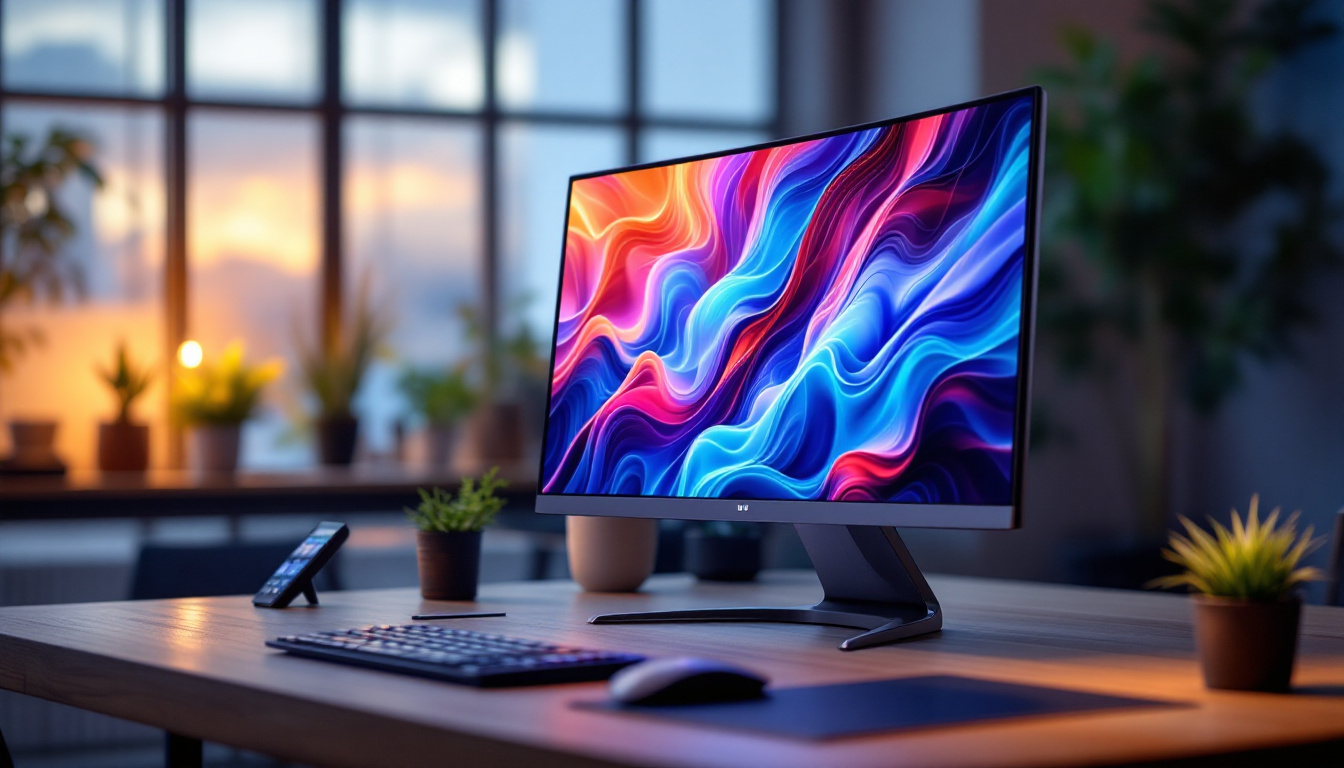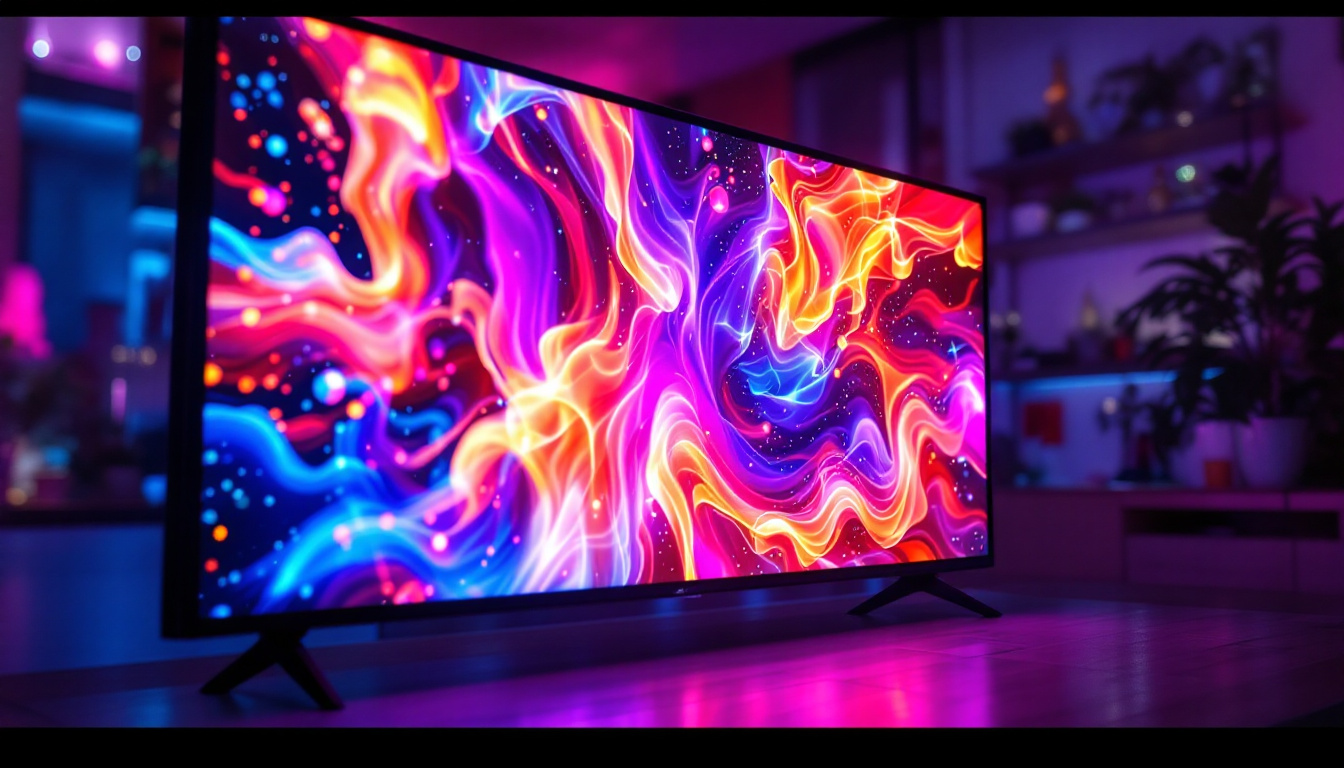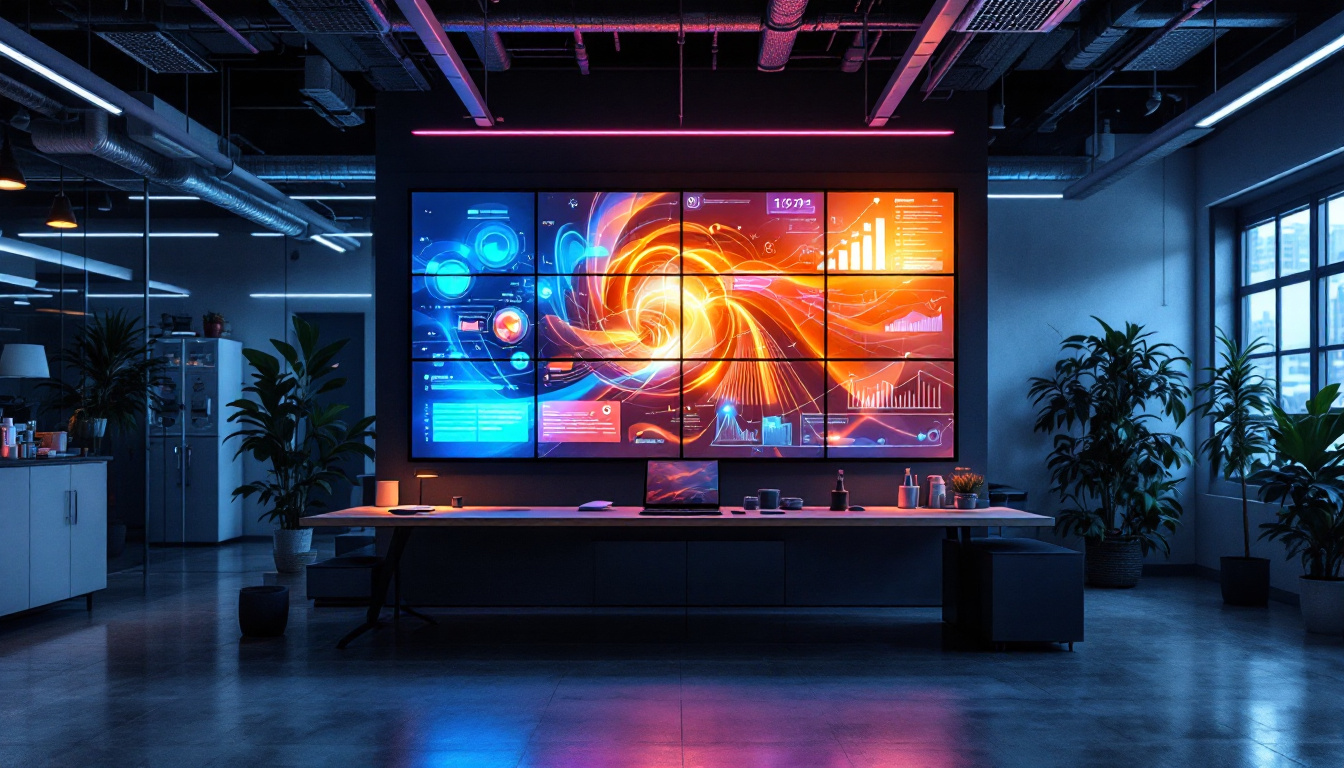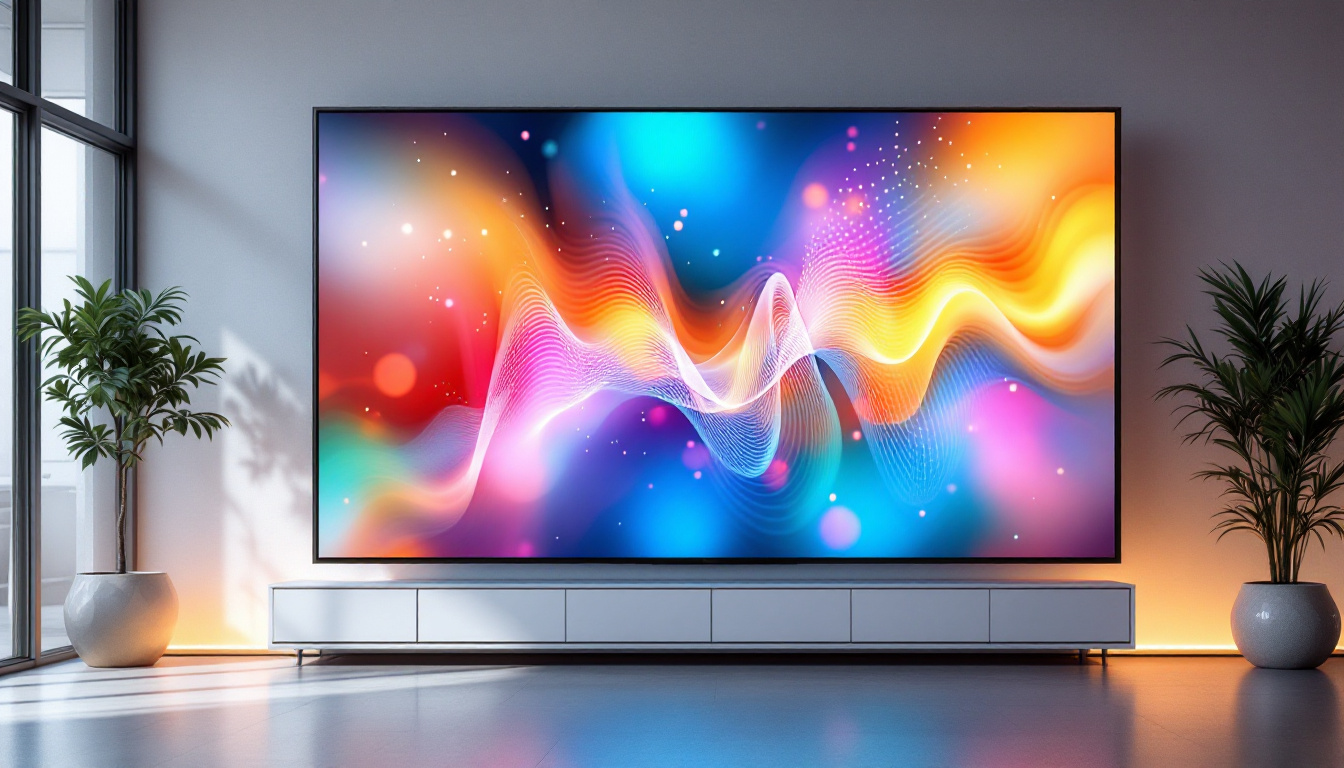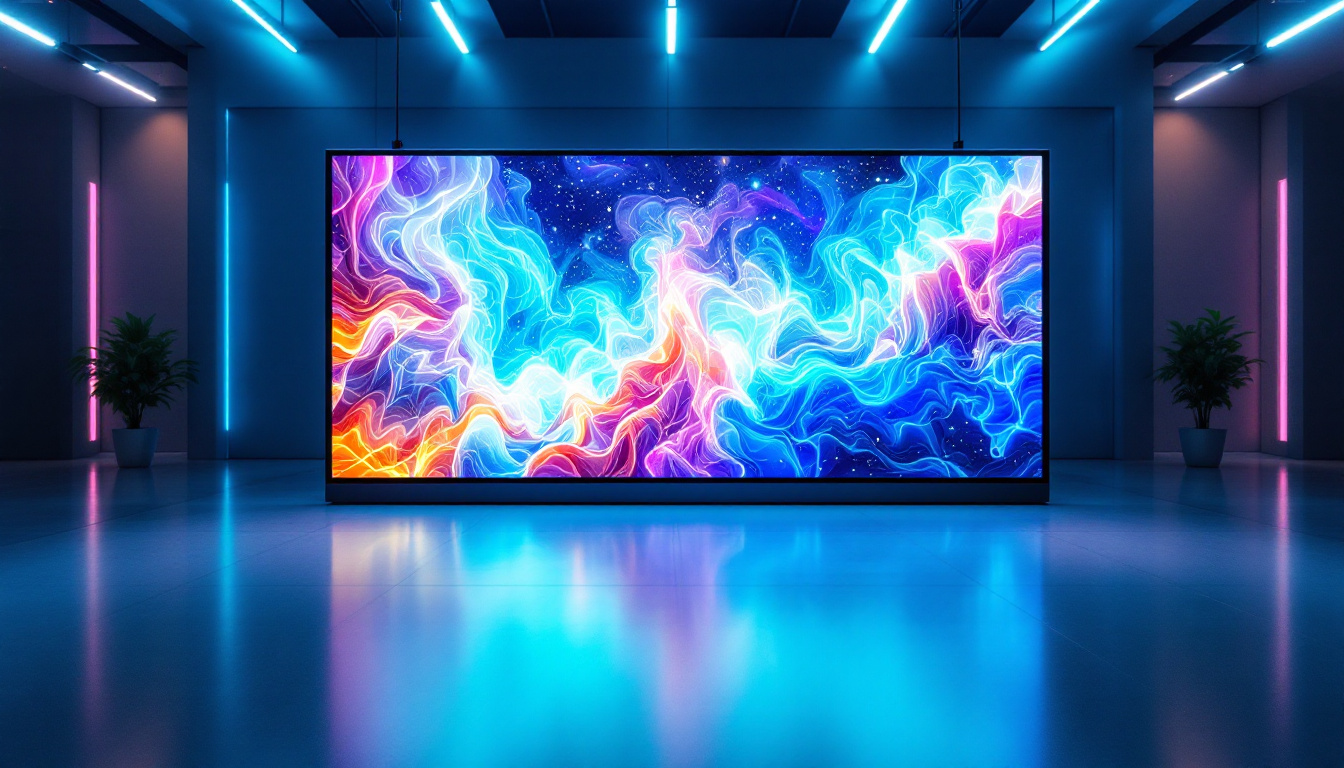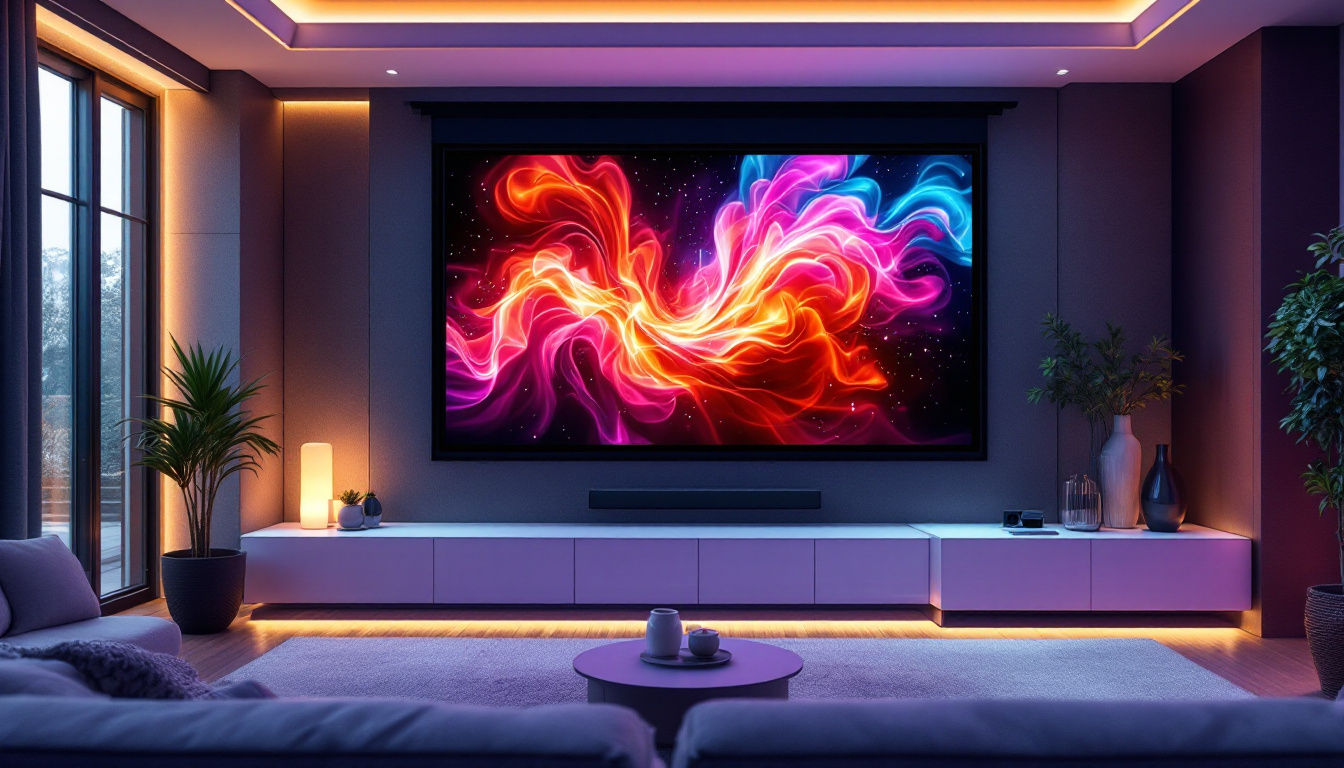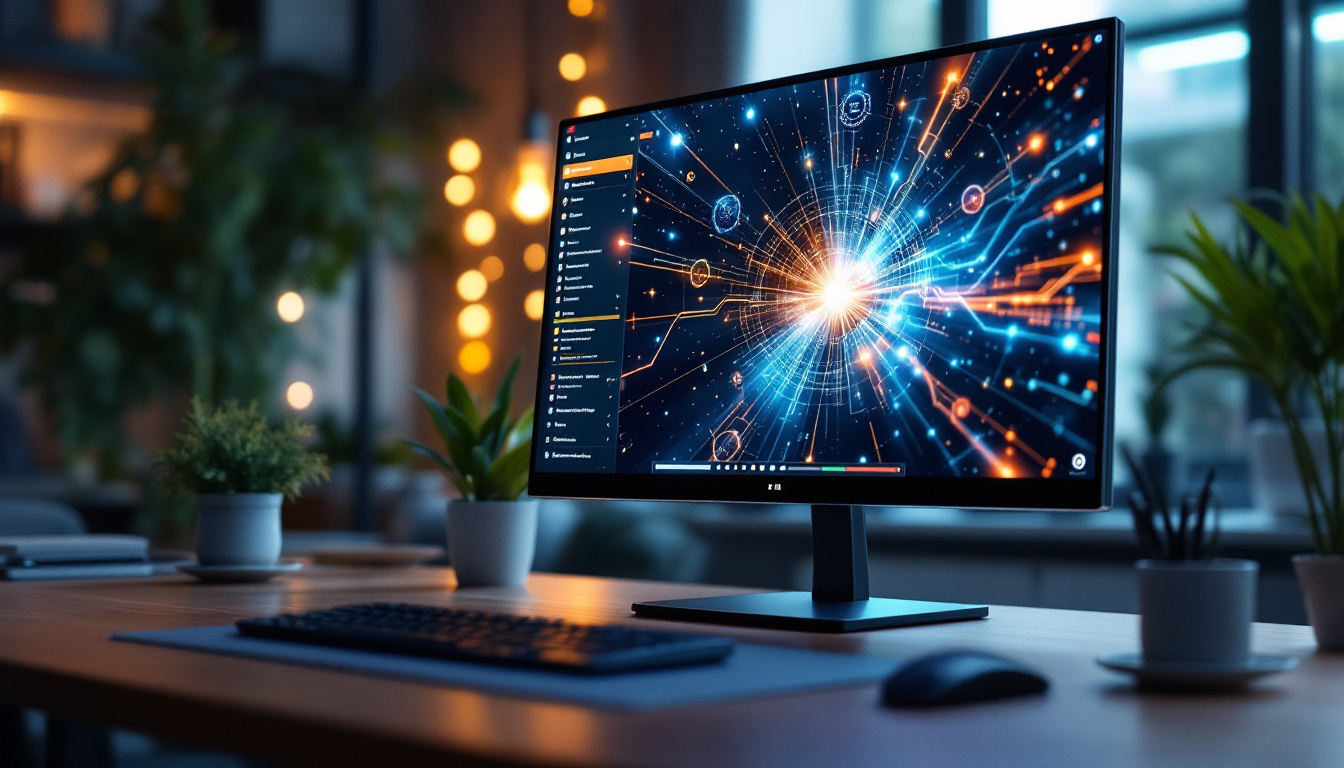In the realm of technology, the importance of keeping drivers updated cannot be overstated. A well-functioning driver ensures that hardware components communicate effectively with the operating system, leading to optimal performance. Among the various tools available for monitoring driver updates, the Drivers Update Monitor stands out, particularly with its LED display feature. This article delves into the intricacies of the Drivers Update Monitor, with a special focus on its LED display functionality.
Understanding Drivers and Their Importance
Drivers are essential software components that allow the operating system to communicate with hardware devices. They serve as a bridge between the hardware and the software, translating commands into a language that the hardware can understand. Without the correct drivers, devices may not function properly, leading to a host of issues ranging from poor performance to complete system failure. Each device, whether it be a printer, graphics card, or network adapter, requires its specific driver to operate effectively, highlighting the critical role that these components play in the overall functionality of a computer system.
Moreover, the development of drivers is an ongoing process. Hardware manufacturers frequently release updates to improve performance, fix bugs, or enhance compatibility with new software. This means that users must remain vigilant about their driver installations, ensuring that they are using the most current versions available. In addition to enhancing functionality, updated drivers can also introduce new features that were not available in previous iterations, providing users with an enriched experience and access to the latest technology advancements.
The Role of Drivers in System Performance
When drivers are outdated or corrupted, the performance of the system can significantly degrade. This can manifest in various ways, such as slow response times, unexpected crashes, or even hardware malfunctions. Regularly updating drivers is crucial to ensure that a system runs smoothly and efficiently. This is where tools like the Drivers Update Monitor come into play, offering users a streamlined way to manage their driver updates. These tools can automatically check for the latest driver versions, notify users of available updates, and even facilitate the installation process, making it easier for individuals to maintain optimal system performance without needing extensive technical knowledge.
In addition to performance improvements, updated drivers can also enhance system stability. New drivers often contain fixes for known issues that could lead to system crashes or freezes. By ensuring that drivers are up-to-date, users can mitigate the risk of encountering these frustrating problems, allowing for a more reliable computing experience. Furthermore, with the increasing complexity of software applications, having the right drivers can also ensure that users can take full advantage of new features and functionalities, particularly in high-demand areas such as gaming and graphic design.
Common Issues Caused by Outdated Drivers
Outdated drivers can lead to several common issues, including:
- Compatibility Problems: New software may not work with old drivers, leading to crashes or errors.
- Performance Degradation: Systems may run slower, affecting productivity and user experience.
- Security Vulnerabilities: Older drivers may have unpatched vulnerabilities that can be exploited by malicious software.
In addition to these issues, users may also experience peripheral device failures. For instance, a printer may refuse to print, or a scanner may not be recognized by the operating system if the drivers are outdated. This can lead to significant disruptions, especially in professional settings where time is of the essence. Furthermore, the impact of outdated drivers can extend beyond individual devices; they can affect the overall system stability, leading to a cascading effect where multiple components fail to operate correctly. As technology continues to evolve, ensuring that drivers are kept up-to-date is not just a matter of convenience, but a necessity for maintaining a functional and secure computing environment.
Introducing the Drivers Update Monitor
The Drivers Update Monitor is a specialized tool designed to simplify the process of keeping drivers up to date. It scans the system for outdated drivers and provides users with a comprehensive list of updates available. This tool not only saves time but also enhances system stability and security.
Key Features of the Drivers Update Monitor
Some of the standout features of the Drivers Update Monitor include:
- Automated Scanning: The tool automatically scans the system at scheduled intervals, ensuring that users are always informed about the latest driver updates.
- User-Friendly Interface: The intuitive design makes it easy for users of all technical levels to navigate and manage their driver updates.
- Backup and Restore Options: Users can back up existing drivers before applying updates, providing a safety net in case of issues.
Benefits of Using the Drivers Update Monitor
Utilizing the Drivers Update Monitor offers numerous benefits, including:
- Enhanced Performance: Keeping drivers updated ensures that the system operates at peak performance.
- Improved Security: Regular updates help protect against vulnerabilities that can be exploited by cyber threats.
- Time-Saving: Automated scanning and updates reduce the time spent manually searching for driver updates.
In addition to these benefits, the Drivers Update Monitor also provides users with detailed information about each driver update, including version history and compatibility notes. This transparency allows users to make informed decisions about which updates to install, ensuring that they only apply changes that are relevant to their specific hardware and software configurations. Furthermore, the tool can highlight critical updates that address significant security vulnerabilities or performance issues, allowing users to prioritize their update process effectively.
Another compelling feature of the Drivers Update Monitor is its ability to support a wide range of hardware components, from graphics cards to network adapters. This extensive compatibility ensures that users can maintain all aspects of their system’s performance. Additionally, the tool often includes links to the manufacturer’s website for each driver, providing users with easy access to further information and resources. This level of detail not only enhances user confidence in the update process but also fosters a deeper understanding of their system’s hardware and software ecosystem.
The LED Display Feature
One of the most innovative aspects of the Drivers Update Monitor is its LED display feature. This functionality provides users with real-time information about the status of their drivers and the overall health of their system.
What is the LED Display?
The LED display is a visual representation of the driver update status, typically featuring different colors and indicators to convey information at a glance. This feature allows users to quickly assess whether their drivers are up to date, need attention, or are in critical condition.
Understanding the Color Codes
The LED display utilizes a color-coded system to communicate the status of drivers:
- Green: Indicates that all drivers are up to date and functioning optimally.
- Yellow: Signals that some drivers are outdated and require attention.
- Red: Alerts users to critical issues, such as missing drivers or severe incompatibilities.
Benefits of the LED Display
The LED display enhances the user experience in several ways:
- Immediate Feedback: Users receive instant updates about their driver status without needing to navigate through menus.
- Visual Clarity: The color-coded system simplifies the monitoring process, making it accessible even for those with limited technical knowledge.
- Proactive Management: Users can take immediate action based on the LED display’s alerts, preventing potential issues before they escalate.
How to Use the Drivers Update Monitor Effectively
To maximize the benefits of the Drivers Update Monitor and its LED display feature, users should follow a few best practices. Understanding how to navigate the tool effectively can lead to a more streamlined experience.
Setting Up the Tool
Initial setup is straightforward. Users should download and install the Drivers Update Monitor from a reputable source. Once installed, the tool will prompt users to perform an initial scan, which will identify any outdated drivers.
Regular Scanning and Monitoring
After the initial setup, it is advisable to schedule regular scans. The tool can be set to scan daily, weekly, or monthly, depending on user preference. Regular monitoring ensures that users are always aware of their driver status and can take action as needed.
Interpreting Results
After each scan, users will receive a detailed report of driver statuses. The LED display will provide a quick overview, but diving into the report will offer insights into specific drivers that need attention. Users should prioritize updating drivers marked in yellow or red to maintain system health.
Common Questions About Drivers Update Monitor
As with any software tool, users often have questions regarding functionality and usage. Here are some frequently asked questions about the Drivers Update Monitor and its LED display feature.
Is the Drivers Update Monitor Free to Use?
The Drivers Update Monitor typically offers a free version with basic functionalities. However, premium features may require a subscription or one-time payment. Users should evaluate their needs and consider upgrading if they require advanced features.
Can the Tool Automatically Install Updates?
Yes, the Drivers Update Monitor can be configured to automatically install updates once they are detected. This feature is particularly useful for users who prefer a hands-off approach to driver management.
What Should I Do If I Encounter Issues After an Update?
If users experience problems after updating a driver, they can utilize the backup and restore feature to revert to the previous version. This safety net allows users to troubleshoot issues without significant downtime.
Conclusion
In conclusion, the Drivers Update Monitor is an invaluable tool for maintaining the health and performance of a computer system. Its LED display feature adds an extra layer of convenience, allowing users to monitor their driver status at a glance. By understanding the importance of drivers and utilizing tools like the Drivers Update Monitor, users can ensure their systems operate smoothly and securely.
Regular updates not only enhance performance but also protect against potential vulnerabilities. With the combination of an intuitive interface and real-time feedback through the LED display, managing driver updates has never been easier. Embracing this technology is a step towards a more efficient and secure computing experience.
Explore Cutting-Edge LED Displays with LumenMatrix
As you consider the importance of driver updates for optimal system performance, don’t overlook the impact of high-quality visual displays. LumenMatrix, a pioneer in LED display technology, offers a wide array of solutions that bring your digital interactions to life. From vibrant Indoor LED Walls to dynamic Vehicle LED Displays, their products are designed to elevate your brand’s presence and captivate your audience. Experience the future of visual communication and check out LumenMatrix LED Display Solutions today to transform your message into an unforgettable visual journey.




